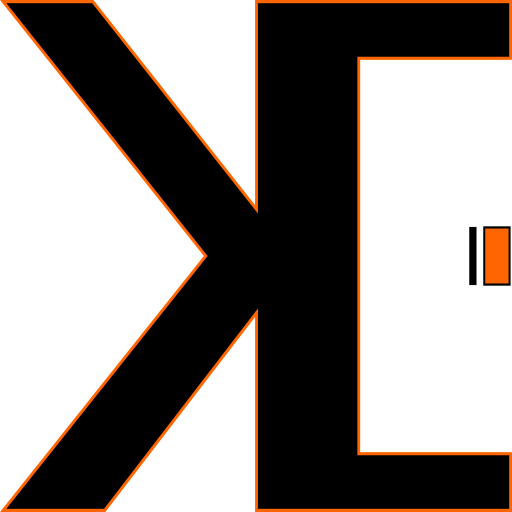Rethinking the 8-Hour Workday: Maximizing Productivity with Flexible Schedules
In today’s fast-paced world, the quest for enhanced productivity is paramount for employers and employees alike. Traditional work schedules, particularly the 8-hour workday, are increasingly scrutinized for their effectiveness in fostering productivity. But are they truly optimal in our modern work culture?
Historically, extended work hours were commonplace, especially during the industrial revolution when factories operated non-stop. Fast forward to today, and while the 8-hour workday has become standard, its efficiency in maximizing productivity is questionable.
Research reveals that the average worker is only truly productive for about three hours each day. The rest of the time is often consumed by fatigue, distractions, and non-work-related activities. Understanding human circadian rhythms, which highlight productivity peaks in the morning and late afternoon, can offer insights into optimizing work schedules.
Forward-thinking companies like Google are spearheading change by adopting flexible work arrangements. These include offering collaborative spaces and break-out rooms that promote a sense of community and freedom, ultimately leading to happier and more productive employees.
As a team leader, there are actionable strategies to enhance productivity without adhering strictly to the 8-hour workday. Consider scheduling challenging tasks during peak productivity hours and saving simpler tasks for later in the day. Implementing shorter deadlines can also curb procrastination, as employees are prompted to start tasks sooner, fostering creativity and engagement.
For remote teams, tools like Traqq offer valuable insights into productivity patterns. This time tracking software allows leaders to monitor employee activity and optimize work schedules accordingly, ensuring tasks align with peak performance periods.
Ultimately, embracing flexible work hours and innovative environments can lead to a more satisfied and productive workforce. By moving beyond the constraints of the traditional 8-hour workday, companies can unlock the full potential of their employees, fostering an atmosphere of creativity and efficiency.





